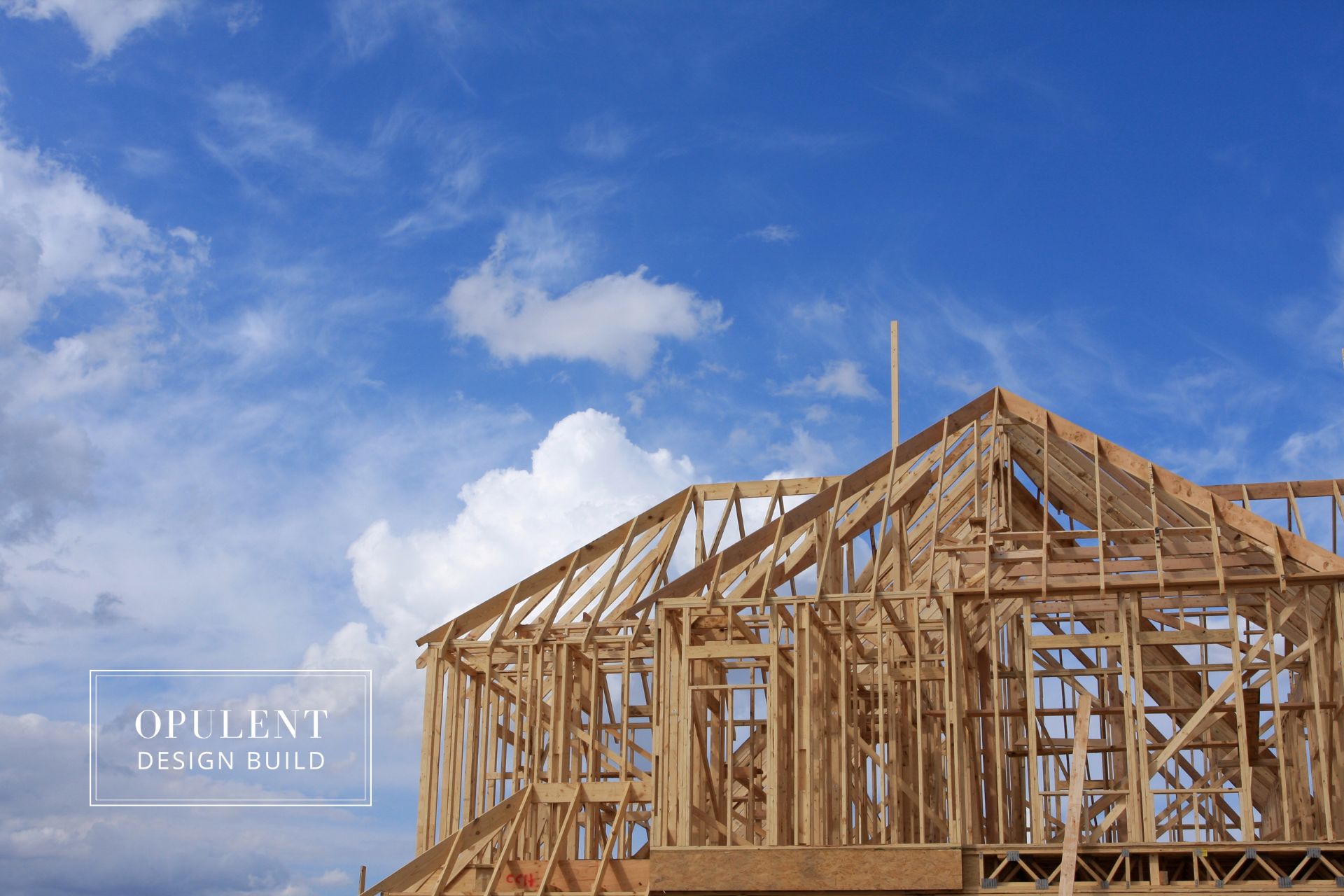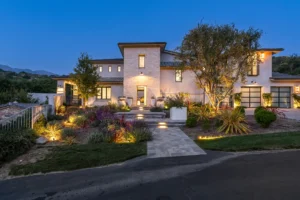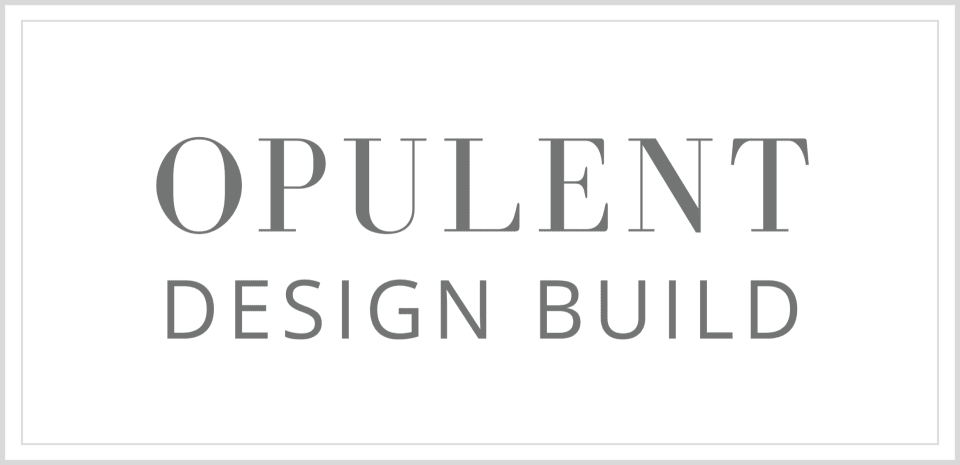Building a custom home sounds like the ultimate way to get exactly what you want. In many ways, it is. You’re not settling for someone else’s choices; you’re picking the layout, the finishes, the features, and the feel. Once the dust settles and life starts happening in that brand-new space, a few common regrets tend to surface.
Not Thinking Through Storage (Until It’s Too Late)
One of the most common regrets is realizing you don’t have anywhere to put things after the house is done. People focus so much on how things will look that they forget to ask: where do the holiday decorations go? Where does the vacuum live? Do we have a linen closet?
A few places where storage tends to get overlooked:
- Mudroom (or entryway) catch-all space
- Kitchen pantry that’s deep enough for bulk items
- Bathroom drawers for real-life clutter, not just staging
- Laundry room cabinets and shelving
- Garage organization built into the design
Once you’re in the house, adding these things becomes way more expensive, or just doesn’t happen.
Overprioritizing Square Footage Over Layout
Some people build bigger than they need, thinking it’ll make the house feel more impressive or more useful. If that square footage isn’t planned well, it ends up wasted. Oversized rooms can feel cold and disconnected, while practical areas like the laundry or kitchen workflow end up cramped or awkward.
Letting the Builder Choose the Lighting Plan
This is one of those regrets that sneaks up on people. At first, everything seems fine until you move in and realize the kitchen has shadows in all the wrong places, or the living room feels dim no matter how many lamps you plug in.
Builders tend to keep lighting plans simple: recessed cans, one overhead fixture, maybe a couple of sconces. That’s rarely enough to make a home feel balanced and flexible. You need layers like task lighting, accent lighting, and lighting that adapts to different times of day.
Imagine soft under-cabinet lights in the kitchen while you wind down at night. A dimmer in the bedroom instead of a single harsh bulb. A small fixture highlighting the fireplace or a favorite piece of art. Lighting isn’t something you want to fix later. It’s worth getting right the first time.
Choosing Pretty Over Practical
Some materials look beautiful at the start, but they don’t hold up to real life. That glossy countertop might stain the first time someone spills red wine. The trendy matte-black sink could have constant water spots. The ultra-wide plank floors may get scratched within a month if you have kids or pets.
People often assume they can work around it or be extra careful. When you’re living in a home every day, design should support you, not require constant effort. That doesn’t mean avoiding style altogether. It just means asking better questions upfront:
- Will this material be easy to clean?
- Does this finish show wear fast?
- How will this look after a few years, not just on move-in day?
Forgetting to Add Personality
Custom homes can accidentally become too safe. You chose all the right finishes. Everything matches. It’s polished. However, something still feels flat.
It’s often the emotional layer that’s missing, like the things that make a space feel lived-in and yours. It’s the old bench from your grandparents, the rug you found while traveling, the imperfect handmade bowl you use every morning.
A few meaningful, personal touches go further than a dozen decorator pieces. They bring warmth, contrast, and history, which are qualities that no showroom can replicate.
You don’t need to clutter every surface. You do need something that reminds you: this isn’t just a house, it’s your home.
Do You Need Help Making It Feel Like Home?
If you’ve just built, or you’re still in the thick of it, and something about your space feels unfinished, we can help. We focus on quality pieces that bring comfort, personality, and balance to the home you’ve worked so hard to create.
Reach out or stop by when you’re ready. We’ll help you choose furniture that fits.







